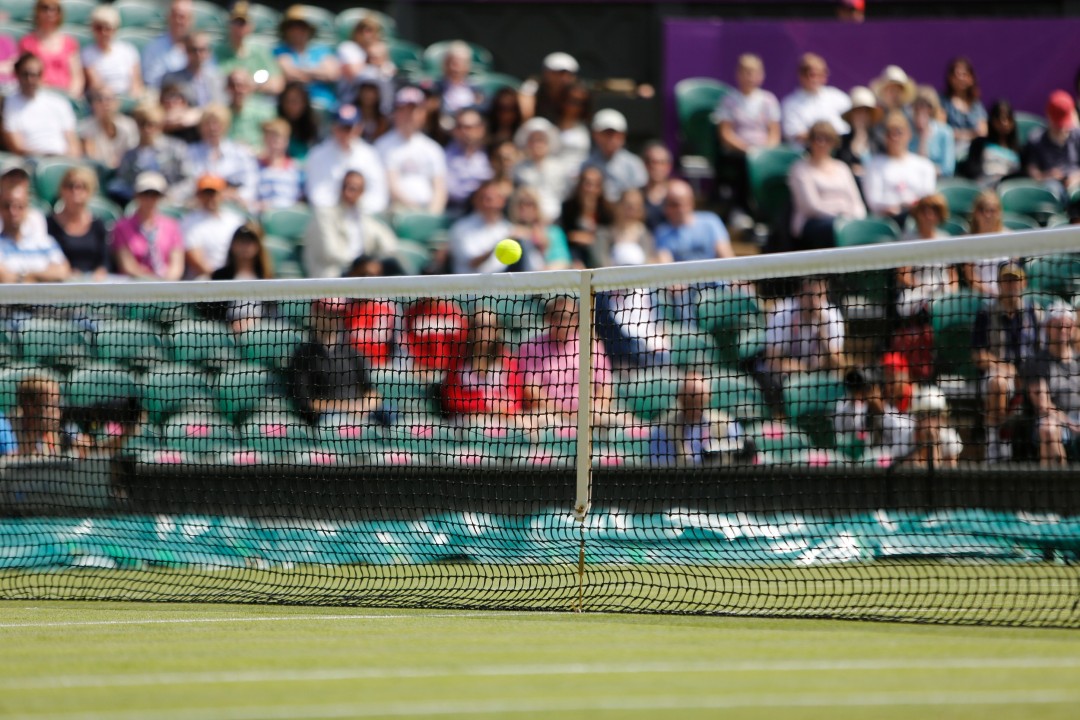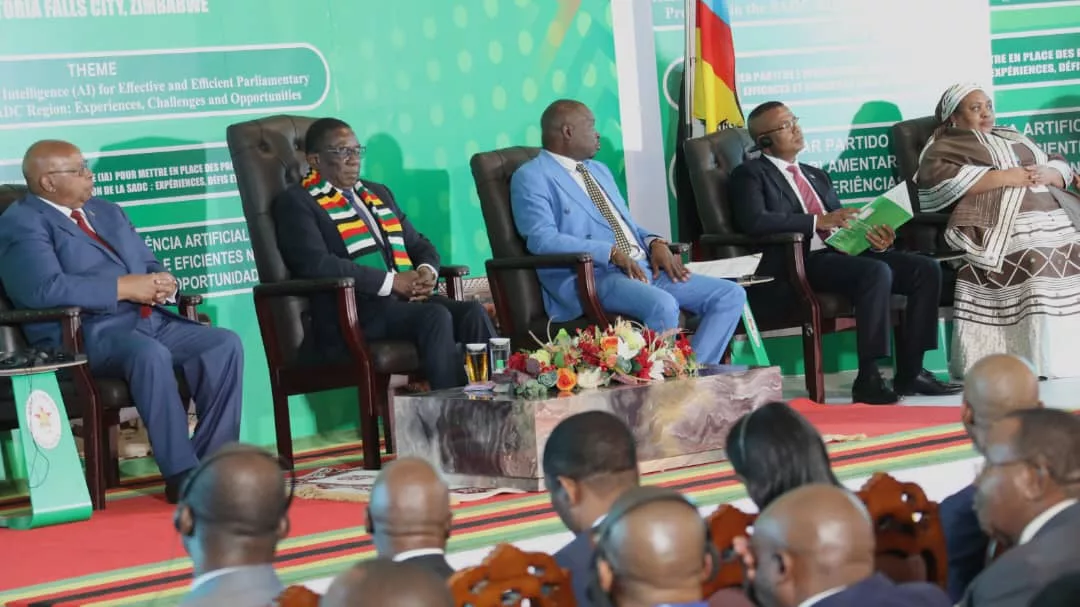|
Getting your Trinity Audio player ready...
|
By Bernard Marr
This month I was lucky enough to be invited once again by IBM to visit The Championships, Wimbledon. While there, I had the chance to see first-hand how technology is being used to engage fans and audiences worldwide.
IBM has been The Championships’ official Information Technology supplier for 33 years, all the way back to 1990. That was when it first set out on the journey to use technology to draw bigger audiences to the game – which in turn would drive increased revenues, generating more money to reinvest in The Championships and the sport of tennis.
Today, this dedication to fan experience expands far beyond the stadium seating of the All England Club. Audiences can watch and interact through the wimbledon.com website and mobile apps for iOS and Android. These provide fans with a personalized viewing experience, real-time insights into the action around their favorite players, as well as opportunities for community-based interactions and social sharing with other fans.
All of this is enabled by a huge data-gathering operation. Encompassing everything from human courtside observers capturing details of play, to the Hawkeye computer vision-enabled sensors monitoring the motion of the players and the ball, and even sound sensors registering the excitement level of the crowds.
Artificial intelligence (AI) algorithms then process the data to surface insights that can be used to create fan-oriented content. IBM Match Insights with Watson gives fans a preview of every singles match across the tournament, and post-match fans can access AI-generated highlights reels showing a match’s most exciting, socially-shareable moments. It also includes personalized content around individual fans’ favorite players delivered to fans directly through any of the digital channels. Historical match statistics – IBM has collected over nine million data points since it began its partnership with Wimbledon – contribute to a By The Numbers section, where raw numbers are transformed using Natural Language Generation into insights relevant to the upcoming matches.
While at The Championships, I grabbed the chance to talk to Kevin Farrar, IBM Partnership Executive to the AELTC. He told me, “We capture data right from the start of the rally – the direction of the serve, the speed of the serve, how the ball is returned – forehand or backhand, how the point is won… is it a forced error or unforced error? We capture something like 2,000 data points in every game, and over the course of the Championships, that adds up to around 125,000 data points.”
The data is also used to generate the Watson-powered IBM Power Index – a daily ranking of the form and momentum that players are building up in the lead-up to and during the tournament. This is used to highlight potential upsets and players to watch whose current form belies their tour ranking. This feeds into a prediction engine powered by IBM’s cognitive computing platform, Watson, that delivers Likelihood to Win predictions through the apps and other digital channels – again, all primarily designed to generate debate and interaction among fans.
This is made clear when Farrar tells me that, despite generating predictions that were close to 100 percent accurate during the first few days of this year’s tournament, “really, it’s not about the accuracy of the predictions, it’s about getting the fans engaged … saying to the fans ‘what do you think?’ Then getting them to go to the official apps or wimbledon.com and their social channels and have that debate.”
New features added to the roster for this year’s Championships include Win Factors, designed to bring an extra layer of explainability to Watson’s Likelihood to Win predictions. This is done by illustrating more precisely which data points have been used to arrive at specific conclusions and predictions. Fans can then delve more deeply into the insights in order to decide what they agree with, and where they think other factors may influence the outcome of the match.
Another new feature for 2022 is Have Your Say – a section on the apps and website where fans can register their own predictions, which are aggregated with those of other fans in order to come up with crowdsourced predictions and opinions which can be compared to the Watson prediction.
Courtside, I also bumped into Simon Boyden, Lead Architect for Wimbledon, who has been responsible for putting together the data and technology infrastructure. He tells me that the workload is all delivered across IBM Cloud systems and uses RedHat OpenShift technology. Just as important as the technology infrastructure, however, is the focus on storytelling. Along with the clever network of human and computerized data-gatherers, the real magic is carried out when the raw data is stitched together into narratives, which are what really drives the fan engagement.
He says, “In this world, we have more data than we know what to do with. We can calculate percentages until the cows come home, but unless you are a hardcore tennis fan, it really doesn’t actually tell that much of a story. Do people really care?
“So … the challenge is … we have our data insights team, and we combine the data scientists with people who really have a deep tennis understanding, … and people who have a flair for storytelling, combined with the people who create graphics and images. So we understand all of the numbers, and we understand the context of tennis, and we try to create a story around that. I would describe that as as much of a challenge as the technical stuff.”
So what’s next? Well, IBM is particularly excited about the potential of emerging technology trends like the metaverse, and digital twins, for creating even more immersive fan engagement experiences. Over more than 30 years, the data-gathering infrastructure has reached a level of comprehensiveness where very little of the action is unrecorded. So what is left is to find more interesting and immersive ways to share that with audiences. A digital twin of the entire tournament may not be that far off – where we can create fantasy match-ups and tinker with variables relating to player performance in order to examine the game from even more angles. And the metaverse offers the possibility of exciting new venue and spectator experiences, encompassing everything from watching matches to meeting and interacting with stars, commentators, and influencers, chatting with fellow fans, and taking advantage of retail opportunities, all under one virtual roof. It’s clear that, as advanced as the technology and data infrastructure around the modern tennis Championships is today, we are only just getting started!
Watch my Wimbledon interview with IBM’s Kevin Farrar here and find out more about the tech at Wimbledon here: https://www.ibm.com/uk-en/campaign/wimbledon?utm_medium=Exinfluencer&utm_source=Exinfluencer&utm_content=BTDEM&utm_id=LinkedIn-Bernard-Marr-Wimbledon2022Geo-2022-06-29






